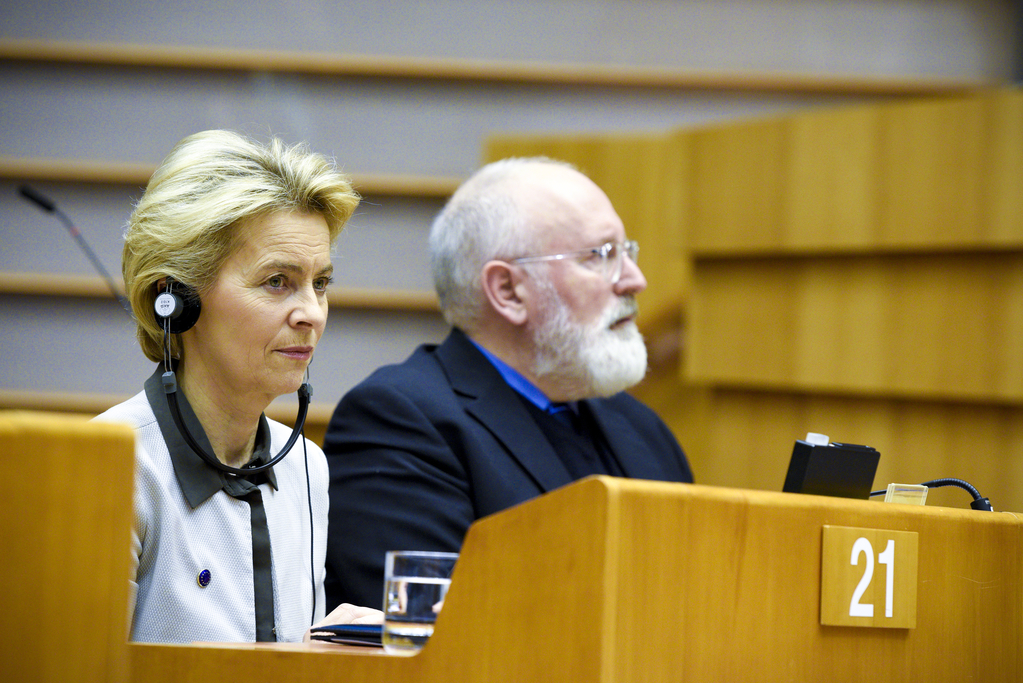Will the European Green Deal meet its ambitious expectations?
The EU has launched the long-awaited European Green Deal, the plan to tackle the profound environmental crisis we are living in. IUCN welcomes this promising proposal, and encourages all actors to do their bit to make it happen.

Photo: © European Union 2019 - Source : EP
IUCN welcomes the European Green Deal, presented yesterday in Brussels by the European Commission to the European Parliament. Also welcomed is the stated intention of having this deal as a roadmap where ambition is the key word. “Now a strong supportive reaction from the European Parliament and the European Council should provide all the needed support to make the deal work, quickly and effectively”, said Luc Bas, the Director of the IUCN European Regional Office: “Every stakeholder should be part of this just and inclusive transition”.
IUCN recognises the crucial role of the Common Agricultural Policy (CAP) to ensure a sustainable future for Europe’s land, soil, waters, biodiversity and farmers, and welcomes the European Commission’s pledge to ensure that the national implementation plans follow robust climate and environmental criteria and lead to the use of sustainable practices, as well as delivering more and better ecosystem services. Reaffirming that 40% of the CAP’s overall budget would contribute to climate action is positive, but an extra focus on biodiversity is needed and it is crucial that the remaining 60% act neither against climate nor against biodiversity. Addressing the use of pesticides and fertilizers in agriculture will needs to be taken seriously.
Nature based-solutions – a key IUCN concept defined as “actions to protect, sustainably manage, and restore natural or modified ecosystems, that address societal challenges effectively and adaptively, simultaneously providing human well-being and biodiversity benefits”– are finally at the center of the work on climate adaptation and mitigation, and we appreciate the recognition of their role towards ensuring healthy and resilient seas and oceans.
IUCN expects the Biodiversity Strategy that will be presented by March 2020 as part of this Green Deal to be very ambitious, so as to ensure the EU can lead the way in Kunming, China in October 2020, when global targets to halt biodiversity loss will be agreed. For credible positioning willing EU member states could come to the table with an increased individual ambition already early next year, and bring these to the IUCN World Conservation Congress 2020.
Finally, restoration measures – including the suggested potential EU nature restoration plan as well as potential legislation – are crucial to achieve the biodiversity target. This is relevant especially in the framework of the upcoming 2021-2030 UN Decade of Ecosystem Restoration, which aims to scale up the restoration of damaged ecosystems as a measure to fight the climate crisis and enhance food security, water supply and biodiversity. In this context, IUCN suggests that the upcoming Forest Strategy should strongly support the implementation of the climate target as well as of the upcoming EU Biodiversity Strategy; this should happen by focusing on restoration, as these habitats are crucial for both for biodiversity and climate change. A contribution from EU member states to the Bonn Challenge to restore 350 million hectares by 2030 would be gladly received.



